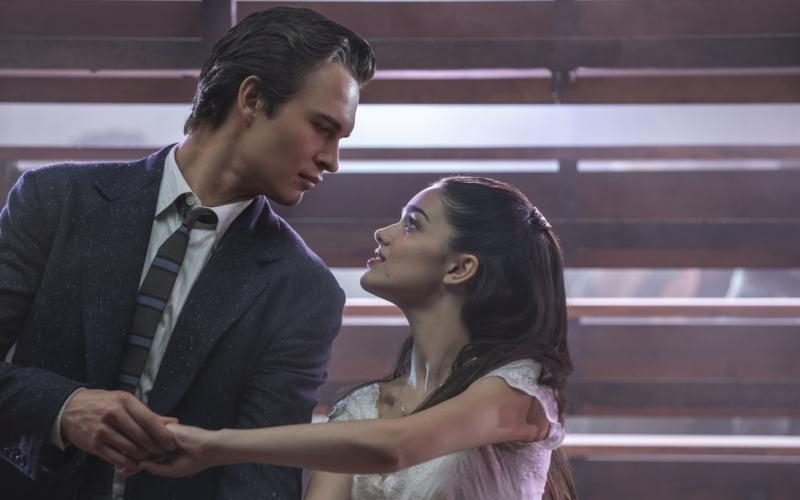West Side Story (Spielberg, 2021)
For twenty to thirty minutes, Steven Spielberg’s West Side Story glides along on the strength of choreography and snappy (no pun intended) visual storytelling. Almost, I was convinced. But dissatisfaction kept growing. Moments of dramatic vigor (yes, there were some) started coming farther apart, and the film started dragging on the enormous weight of its moral seriousness.
Here’s my best stab at what’s wrong here. Romeo & Juliet, the play around which West Side Story is loosely based, is hardly plotted at all. Its effect depends upon the elevated language with which the characters express lofty ideals and primal emotions. But Steven Sondheim is no William Shakespeare. “When love comes so strong, there is no right or wrong” is hardly an expression of rhetorical power. It’s telling, rather than showing. Tony Kushner sharpens up some of the film’s context, so the modernization of the racial conflicts and youthful despair fares slightly better in the age of climate change and COVID-19. The desperate, boiling hopelessness of the Jets gets a bit more attention than the embittered grievances of the Sharks. But both eventually give way to song and dance that neither transforms the bleaker elements of the cultural landscape nor adequately channels it into something urgent rather than just polished.
That’s not to say there aren’t some hits sprinkled among the misfires The cast is uniformly excellent, and I will now don my Captain Obvious hat and point out that Spielberg and his cinematographer inevitably know how to frame their material and direct our eyes for maximum effect. There are lovely moments here and there — aren’t there always in Spielberg’s films? Officer Krupke silently consoles Anita during a montage; a group of kids joins a joyous community dance. The latter hints at the tiny glimmers of hope that integration is possible and socio-economic divisions can be overcome. But in one telling moment, the blackened shadows of police officers shine flashlights in a shot eerily reminiscent of E.T.: The Extra-Terrestrial. For a second, themes merge and we understand yet again what unites these two seemingly disparate Spielberg films: the attempt to forge and hold onto family when “home” is neither safe nor secure.
There’s a bit more religious iconography and scenery than I remember being present in the previous film, but it’s been a while. I kept hoping that the religious themes would become more than just window dressing, that they somehow signaled religious convictions that would inform characters’ attitudes. But…when love comes so strong / there is no right or wrong. And then there are weird tonal shifts in the back half as the story plods towards the climax we all know is coming. “I Feel Pretty” is a showstopper in the worst sense of the phrase. The padded run time allows for the fuller expression of set pieces, which is nice, but more than ever, I felt I was watching a bunch of skillfully choreographed routines rather than a musical narrative.
I realized, though, that all these faults (if faults they be) are faults with the source material and not with the execution. I guess I just don’t think West Side Story has aged well. The film works as a showcase for new talent, and I am sure Rita Moreno will be a feel-good award winner. But in the end, it’s a creaky home that has been remodeled rather than truly renovated.

